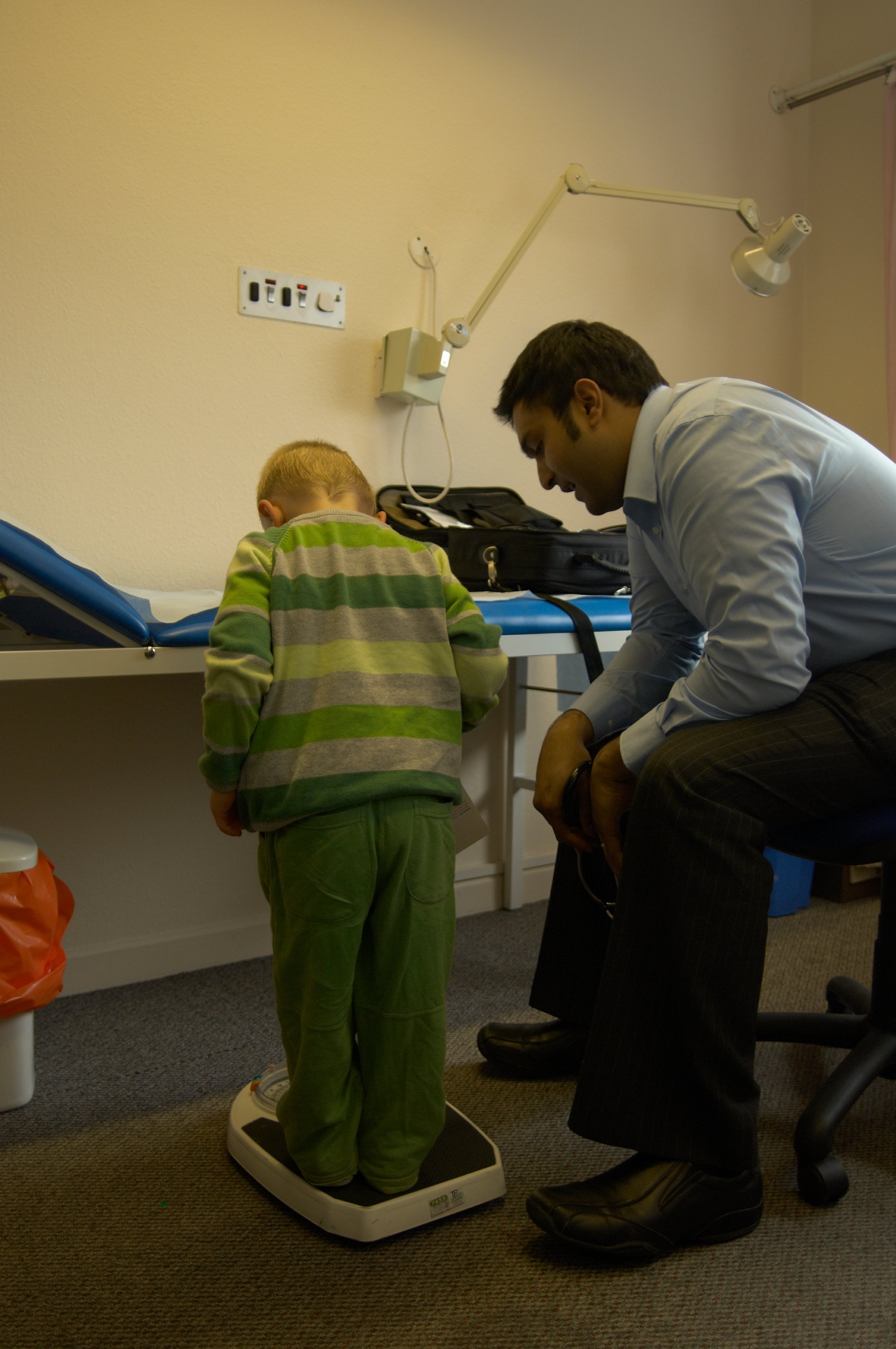
Kids today are bombarded with images of impossible-to-achieve bodies, at the same time as fast-food ads encourage them to consume as much as they can and candy bars tempt them in every checkout lane.
Caught in the middle, many kids struggle with their weight. According to the CDC, childhood obesity has doubled in children and quadrupled in adolescents in the past 30 years. Today, more than one third of children or adolescents are overweight or obese. And millions more struggle with the opposite problem: eating dangerously little.
Talking about weight at any age can be touchy. And when a kid’s health and self-image are on the line, the stakes are especially high.
So what can parents say to help kids get healthy?
At any age, says, Dr. Sandra Hassink, director of the American Academy of Pediatrics Institute for Healthy Childhood Weight, it’s helpful for parents to realize that “the weight of any family member is a family issue.” Kids don’t make decisions about diet and exercise alone, Hassink points out: “children are really captives of their different environments.”
Before having any conversation, Hassink says, it’s also important for parents to take a look at the medical facts. “Parents routinely misclassify their children visually,” Hassink says. “And even physicians have trouble estimating.”
Parents should look at both growth charts and Body Mass Indexes for their children, to see whether they’re in a healthy range, rather than relying on their own impressions.
At the elementary age, Hassink says, action is more important than conversation. It can be helpful, she says, to think of nutrition as a safety issue. Parents cover outlets and put dangerous objects out of the reach of young kids. But unhealthy food can be just as much of a safety hazard. “Don’t have anything in the house that you don’t want people eating,” says Hassink.
And from a very early age, kids learn habits from the whole family. “Kids are very acute observers at all ages,” Hassink says. “They will catch you in what you do, no matter what you say.” So even before kids can have a good conversation, “eating a good variety, right-sized portions, eating healthy food and not junk food, all of that gets observed,” says Hassink.
Middle school kids, Hassink says, are going through a lot of bodily changes at a very sensitive time. Her rule for how families talk about bodies at this age: “I never let anybody comment on anybody’s body shape or size. We’re all different, and we all grow differently.”
But parents can start getting kids involved in managing their own health by asking them if they have any health concerns, or if anyone ever teases or bullies them about their size. Here again, Hassink says, the fundamental message is that the whole family will work together on any issues that arise: “We’ll all get healthy.”
High school kids, Hassink says, can start to think in terms of getting educated about their health. This can include conversations about family health history, like diabetes or high blood pressure. But it can also include strategizing together about ways to make good choices: from choosing healthy snacks at parties, to choosing to be active instead of watching another hour of TV.
At any age, Hassink says, “there should be no blame or guilt. It’s not about what we’re doing wrong. It’s an opportunity to help the child get educated, and help the child be healthy.”
Finally, says Hassink, nobody’s perfect. When things don’t go as planned, she says, don’t give up. “Just reset your goals and keep going.”
The most important message for parents to get across, she says: “We’re all trying. It’s not always easy, but we’re in this together.”
More Must-Reads from TIME
- Cybersecurity Experts Are Sounding the Alarm on DOGE
- Meet the 2025 Women of the Year
- The Harsh Truth About Disability Inclusion
- Why Do More Young Adults Have Cancer?
- Colman Domingo Leads With Radical Love
- How to Get Better at Doing Things Alone
- Michelle Zauner Stares Down the Darkness
Contact us at letters@time.com